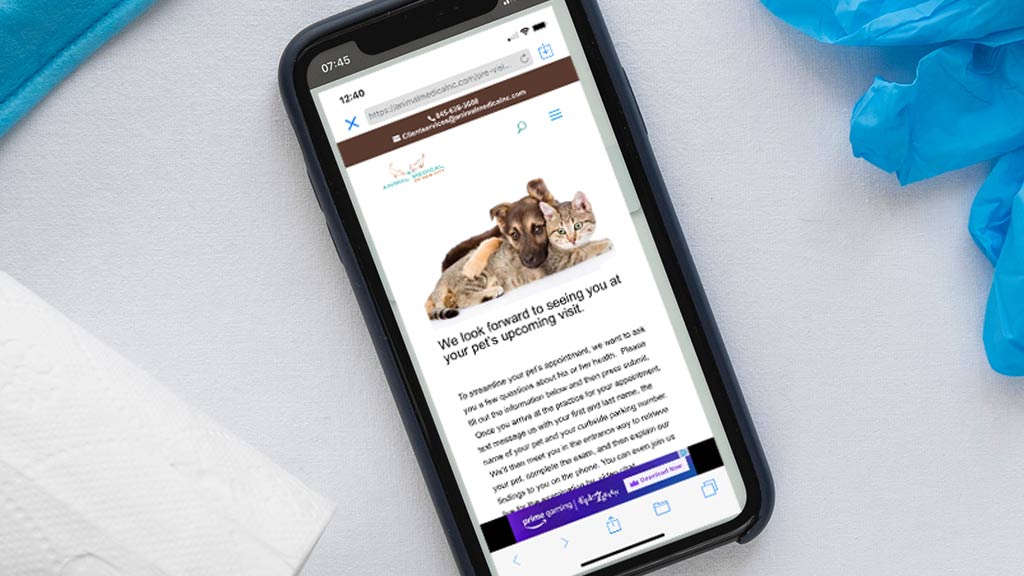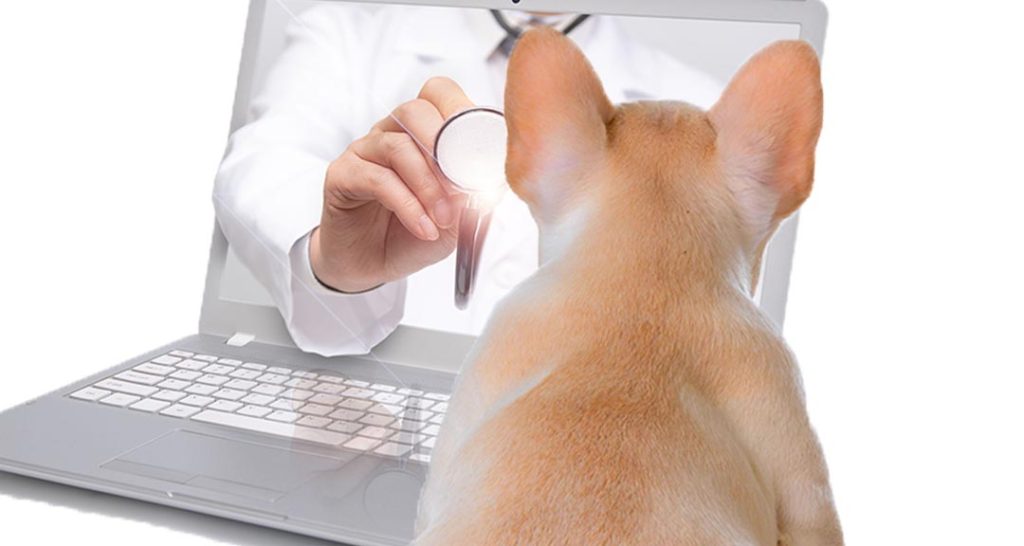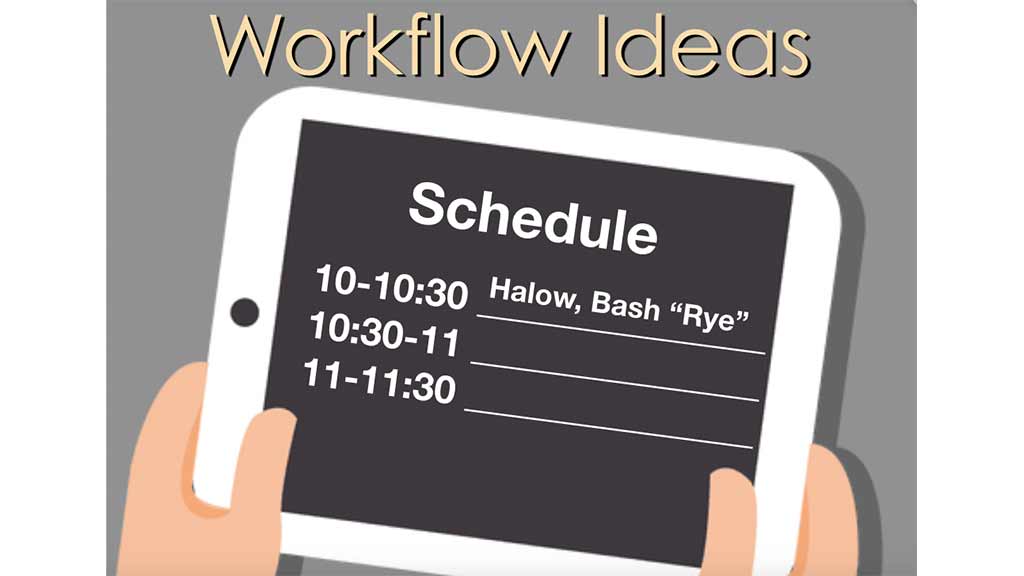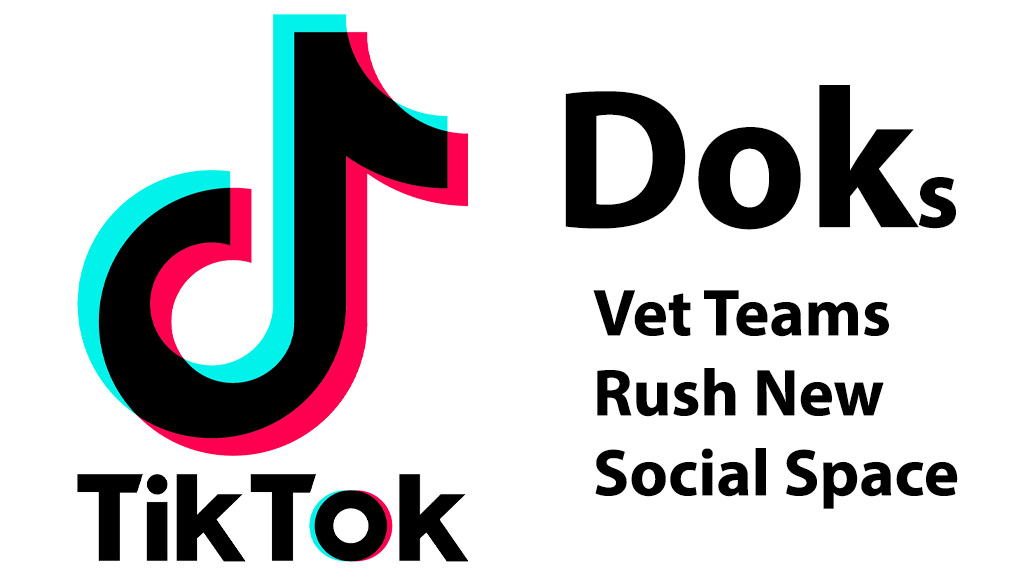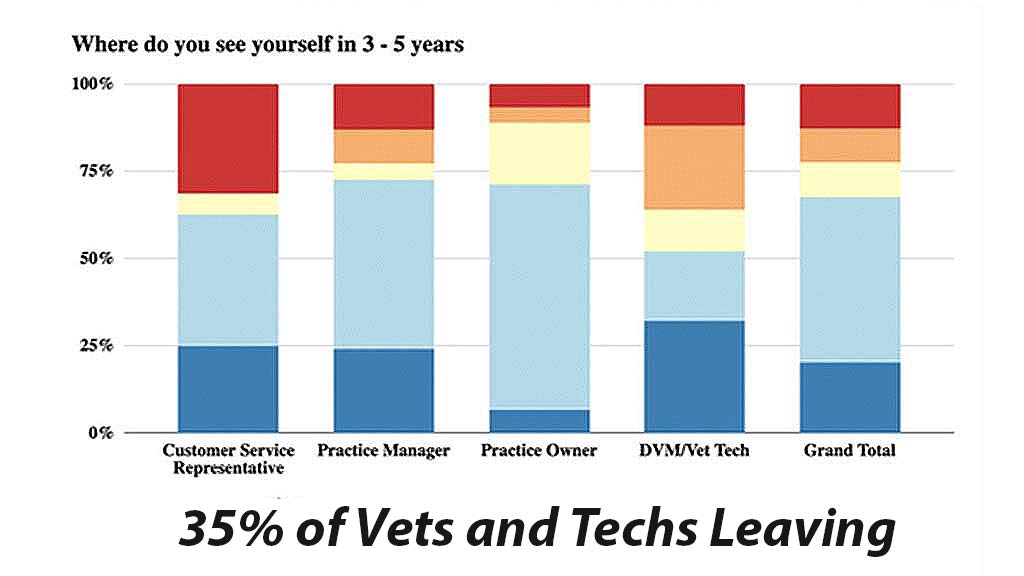High caseload, staff shortages, and ongoing pandemic protocols are pushing veterinary teams over the edge. To slow things down, managers are raising prices on squeeze-ins, new clients, and urgent care. It’s a bad idea.
Why Raising Prices To Slow Things Down Is A Bad Idea
Raising Prices On Same Day Care Doesn’t Slow Things Down
Not unless you want your team members to say something like, “We can see Rye today, but we’ll have to charge you extra because it’s a same day appointment.” Even then, most clients will still come in; they’ll just come in angrier. Besides, why do you want a pricing policy that discourages people from seeking medical help for their pet? Isn’t that antithetical to what you do?
No To New Clients Now, But How Will You Feel Next Year?
You’re busy now, but who knows what the economy will look like in a year or two? The lifetime value of a client is somewhere in the ballpark of $20-$80K based on how often you see a pet and how often the pet owner tells others about the practice. Do you really want to give up so much future opportunity simply because you can’t figure out a way to increase efficiency or leverage doctor time?
Enforcing Urgent Care Pricing Is Mission-Toxic
It’s easy to set a policy where same-day clients are charged more; it’s another thing entirely to get your team members to embrace the rule and communicate it effectively. Veterinary professionals are notoriously empathetic to the financial needs of clients. What kind of message are you telegraphing to employees when you impose a charge that appears to fly in the face of your mission statement and basic compassion?
$1000.00
$1000.00 referral fee for veterinarian applicants. Sign on bonuses also available. More.
It Only Really Works On Poor People
And don’t they have enough trouble as it is? Fixed incomers are currently squeezed in between static income and rising inflation. Service industry workers have been without work for over a year now. Combined, the two groups represent more than 12% of income earners in the U.S. Are you ready to hit this percentage of your clients with a same-day surcharge that you know will impact them especially hard?
It Doesn’t Appease Clients That Have To Wait
I already told you that the fee doesn’t really work to slow things down. Your clients still have to wait so now, with the same-day fee hike, you have a grumpy same-day client and a ticked-off, pre-scheduled client. Congratulations you’re two-for-two!
It Doesn’t Make Overworked Employees Feel Better.
No one at your practice is saying, “Make sure you stick ‘em with the same day surcharge. If I’m going to suffer, they’re going to suffer.” And if they are, what kind of twisted thinking are you cultivating over there, anyway?
No-Cost Lunch-And-Learns For Your Group
Bash presented at the SPVS-VMG 2020 Conference in the UK and the feedback was amazing. Everyone rated him 5 out of 5 and had these kinds of comments:
– Enthusiastic and encouraging speaker.
– Great presentation.
– Energetic and motivational and lots of common sense.
– LOVED LOVED LOVED!! Bash smashed this and I would come again just to listen to him! His vision of a veterinary practice is exactly how I see it
Open any of the topics below or click through to the speaker page. Often presentations are fully supported by sponsorship. Email Bash for more information.
Conversations Worth Having
Grieving clients, upset pet owners, those mad at how much you charge...some of your younger team members have never managed a difficult conversation, yet we're throwing them into an arena full of lions. Let me give everyone on your staff an hour of thoughtful discussion and learning on how to manage conversations with the potential for tears, fits of anger or worse. Our job requires us to work in anxious situations and talk to those that may be at their emotional worst. Let's train up on how to do it with confidence and compassion.
Effective Client Communication
Taped phone calls to veterinary practices leave audience members slack jawed and laughing before Halow pulls everyone into a discussion of exactly what we are trying to say to clients and how to say it. This lecture is a big hit with audiences. Everyone has a chance to be thoughtful about great service, what it is and what it sounds like. This will make a lasting improvement on how all of your employees engage with pet owners.
Workflow and Communication in the Age of Stress
If your team has been complaining about burnout or is growing more resentful of demanding clients, this lecture is the perfect solution. With group exercises, audience interaction and science-based facts on workplace happiness this event both educates and inspires. This is Bash's most frequently requested lecture. Team members walk away with insight into their own happiness and practice teams learn how to work together to be more productive and joyful about work. Invite everyone, they'll have a blast!
Burn Out: A Way Forward
Practices across the country are giving into demands for more balance, more time, more life, but are teams actually happier or more productive? A candid look at what we're gaining or giving up when we step away from frustrations associated with a career in veterinary medicine. This interactive workshop explores career fulfillment and the power of togetherness in the face of stress, exhaustion, and pet owners who are increasingly demanding. Audience members are asked to personally define compassion fatigue, burnout, and work life balance as a way to specifically identify what is upsetting them and how to feel better.
It Doesn’t Pay For Your Team Members’ Extra Time
Squeezing another client into the books just means that everyone works faster and harder and for that, you pay the same as when they work slower and lazier. Sure you make extra money, but most of it isn’t channeled into payroll; it’s profit.
So Then What’s The Answer?
Firstly, let’s agree that this surge of business is a good thing. You don’t need a pass on this extra business, but a plan to manage it.
The practices that have succeeded in this area have done so using three different lines of attack: Firstly, they have taken a closer look at their pricing, but they’ve used a fine-tooth comb approach, not a FURminator one. Read The Right Way To Increase Prices at a Veterinary Hospital, for more information.
Secondly, they changed the way that they see appointments. Lastly, they’ve introduced new technology to shoulder a lot of the busy work that ties up valuable employee time. Here are some specifics:
Automated Communication
Practices are using platforms like Weave to build phone trees that route calls for maximum efficiency. They’re also turning follow-up phone calls into text messages, many of which are sent automatically. Clients love the convenience of receiving a quick text message checking in to make sure the patient is okay and giving a one click option to phone if there is an issue. App-driven reminders, confirmation calls, and self check-in are other services that practices have implemented to speed things along.
Traditional Workflow Versus Tech Driven Flow
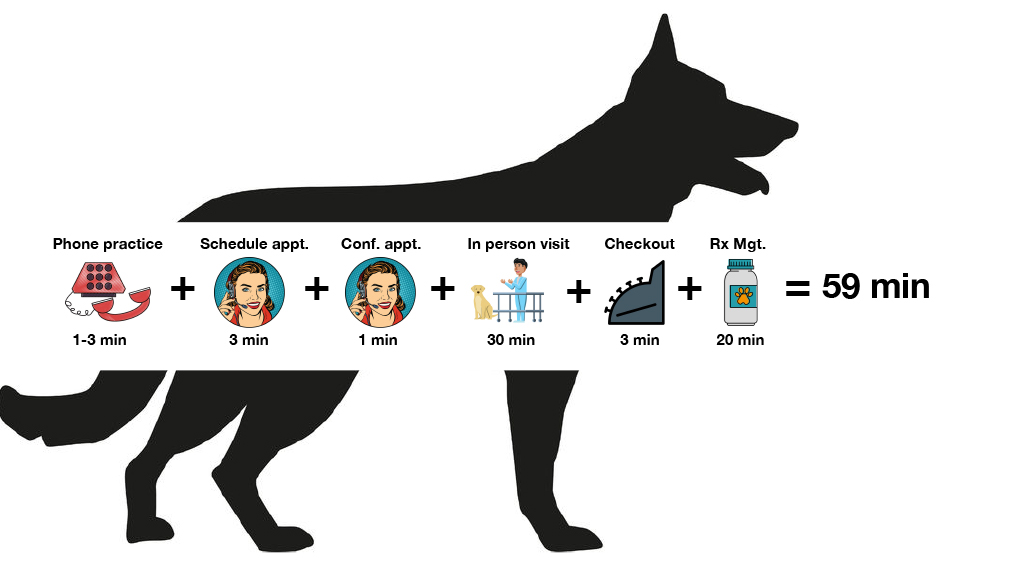
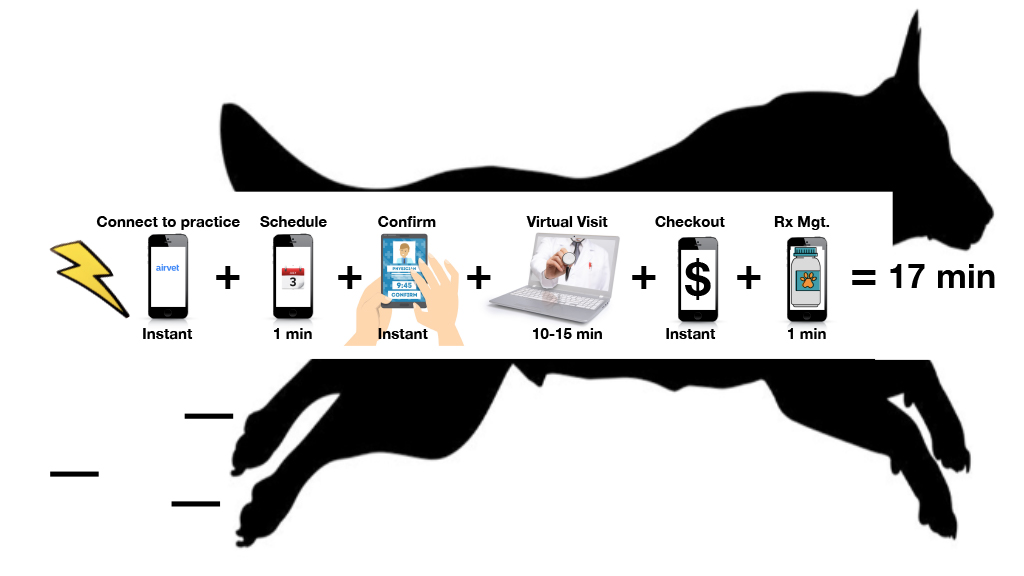
Before you close the taps off to new clients, consider managing your staff’s time more efficiently. Technology and consumer habits have converged to create lots of opportunities to shift communication to digital forms, to automate more of the routine client interactions, and to free up team members to do what they do best: interact face-to-face with clients.
Electronic Pre Visit History Forms
By far, the biggest time saver has been the decision to ask all pre-exam history questions using a digital form that is electronically sent to the client along with the reminder or appointment confirmation text. The form is responsive to any screen, can be filled out on any device, and then sent back to the practice with the click of a button. Pre-exam electronic questionnaires can shave off 5 to 10 minutes from every appointment and free up hours of valuable tech time each day.
Identified That They Are No Longer A General Practice
With as much as 50% of their caseload having turned to urgent care, general practices have identified that the old way of doing business is no longer relevant. These hospitals are more likely to admit patients to the hospital for the day and work them up as time allows, or schedule the surgery doctor some time so that she can see these cases. Others have singled out the doctors and techs on their teams that are best suited for urgent care and then given them an entire column of times reserved for such appointments.
Appointed An Expediter
When it gets busy, some employees, especially the new ones, have trouble figuring out where to direct their efforts, who to help out, or how to best manage their time. Some large practices have a seasoned tech overseeing the treatment area, calling out direction, praising the other assistants and techs in real time, and bringing a true sense of ‘team’ to the workspace.
Doing Everything In the Exam Room
Practices aren’t moving patients around so much, but managing all services in the exam room (For example, the patient history, the exam, blood draws, scheduling the follow up appointment, and taking payment). This workflow change saves a tremendous amount of time, reduces stress on patients, increases compliance with scheduling follow up appointments, reduces mistakes, etc.
Skip The History With The Tech
Since the patient history is collected using the electronic medical history form, some practices eliminate the history with the tech and send a doctor and an assistant directly into the room. Others add another assistant to enter all information into the electronic medical history while the exam is underway. A third variation is to take one of the CSRs, typically dedicated to checkout in the lobby, and move them into the pharmacy where they float to assist with checkout and appointment scheduling for clients in exam rooms.
Using Telemedicine For Certain Rechecks
Many practices are using telemedicine ad hoc for certain rechecks or follow-ups when the attending veterinarian deems it an appropriate option.
Don’t Mistake This Surge In Business As A Problem
The advent of some spectacular technology, a rise in pet ownership, and more people thinking of their pets as family have converged to create a swell of opportunity for you, your team and your business. Handling this increase in caseload or having a relatively sane work life doesn’t have to be a mutually exclusive proposition. With some planning and innovation, you can meet the needs of your patients and improve the way you deliver care.



